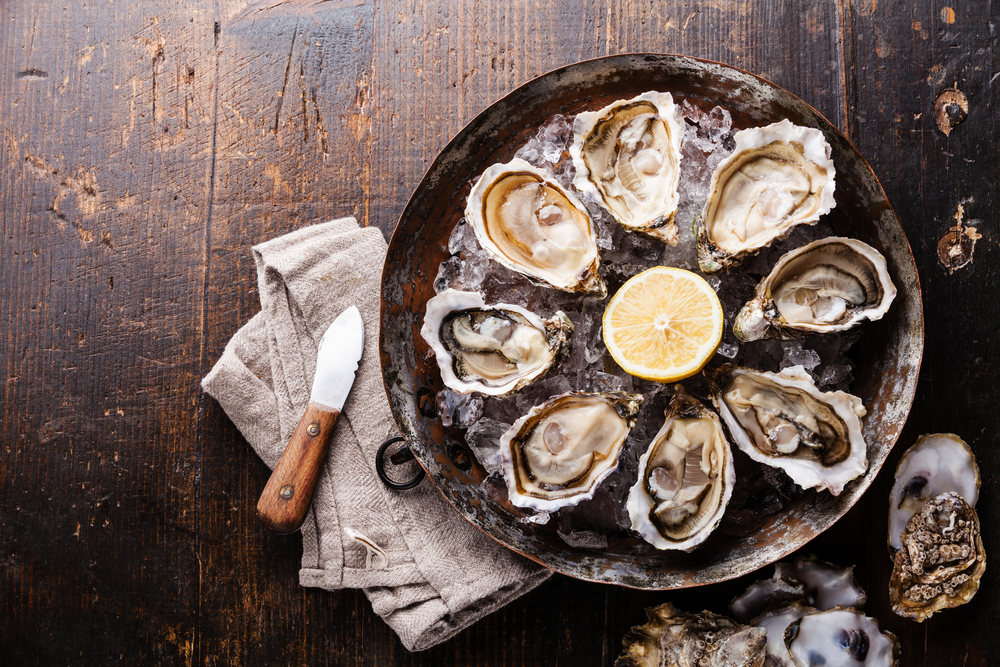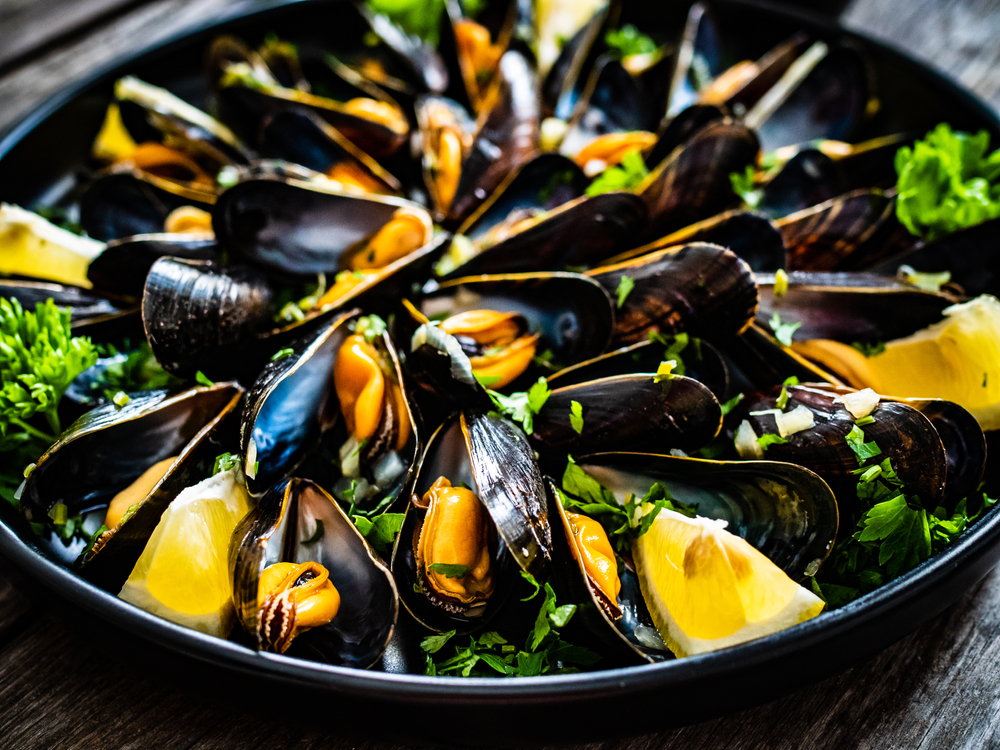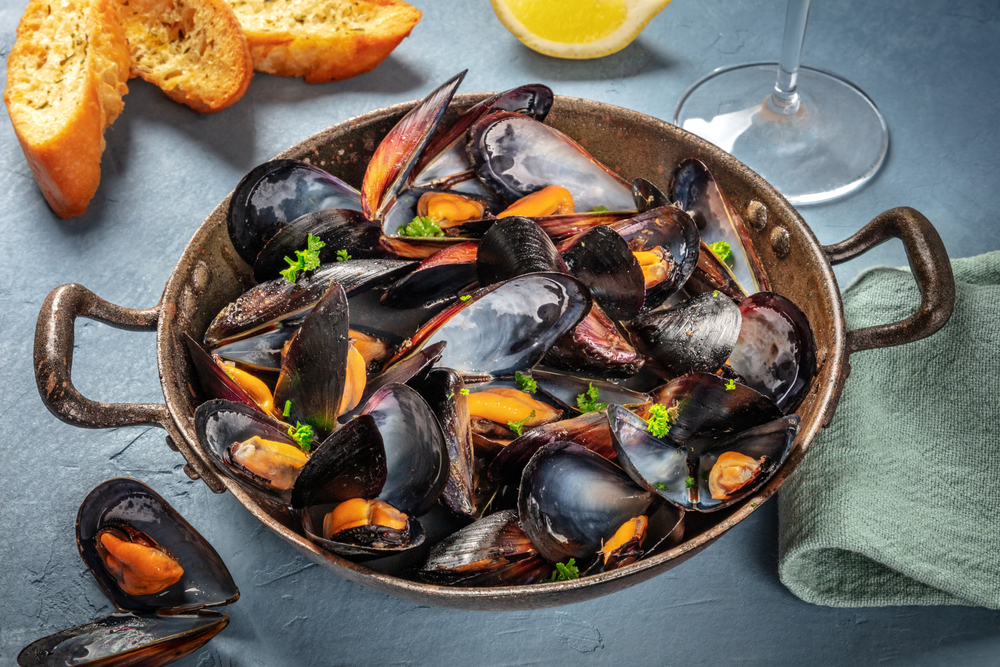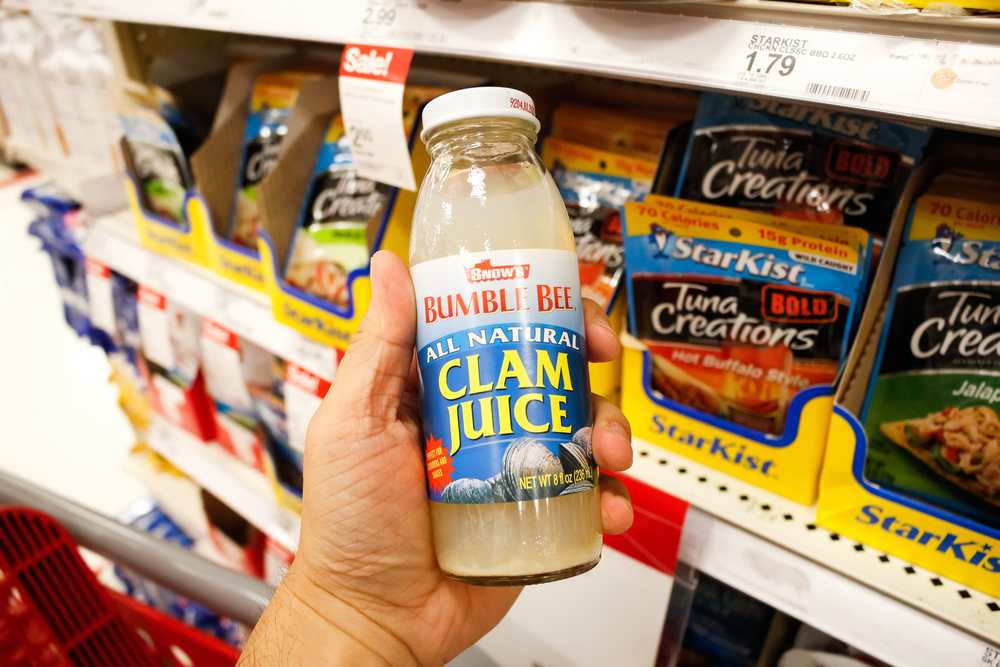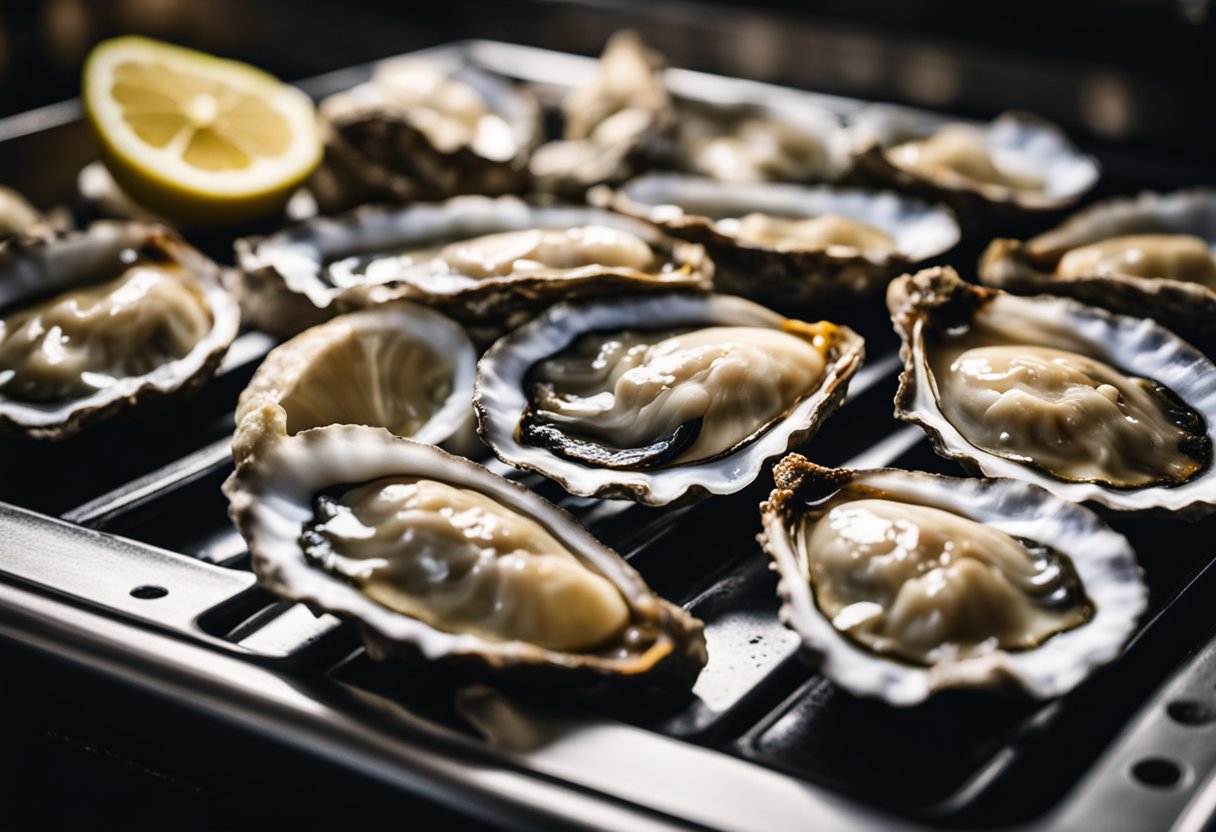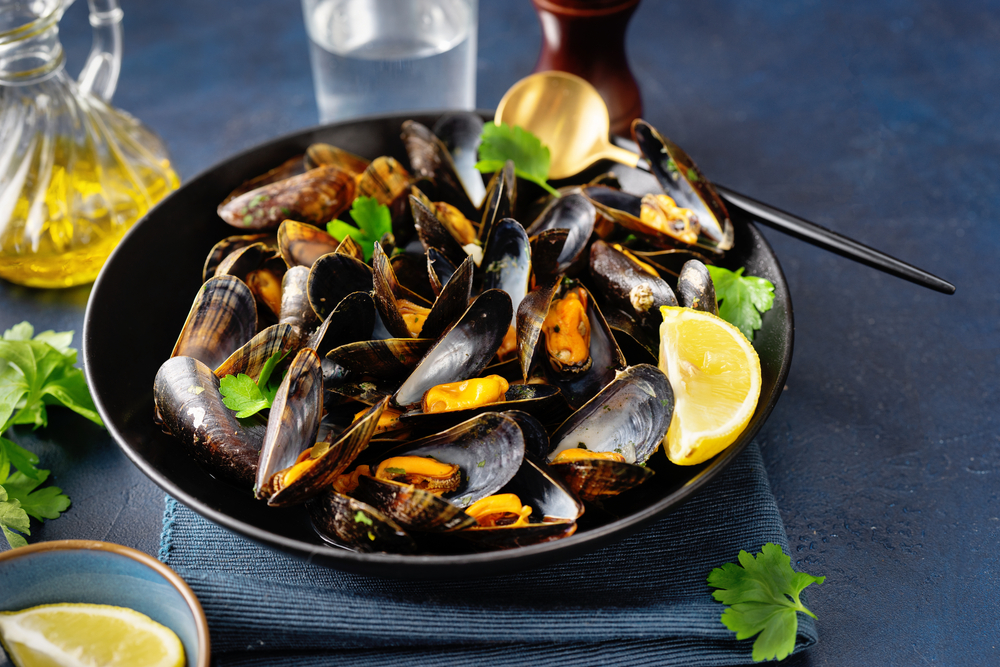Almost anywhere you go, seafood is considered a delicacy; and shellfish, even more so. While some may not have the palate for a food they have to physically rip apart, others find it quite enjoyable. However, not many people actually know the difference between these two, and they often get mistaken for each other or their cousin the clam. They are all part of the mollusk family. So, what is the biggest difference between a mussel and an oyster?

Mussels can be found in both salt and freshwater, while oysters can only be found in saltwater. Mussels also have a much smoother shell than oysters, and are generally much cheaper due to their availability. Oysters can be eaten raw, while mussels should be consumed only after heat treatment.
Location
Mussels can be found in both saltwater and freshwater. In Freshwater, they are typically found in the sand and gravel bottoms of rivers and streams. They require good quality, flowing water to thrive. Marine Mussels are a bit more diverse, with some species preferring a quiet bay or lagoon, and others the pounding waves of the coastline. They have a small “foot” called a bysus that allows them to move around and lead an active lifestyle.
Oysters are only found in the ocean, in salty, brackish waters along the coast. They cluster together on rocks, piers, or any hard surface under the water. Since they can only move while they are in the larva stage, they require a hard surface so that they don’t get buried under sand or gravel and die. Once they have found their forever home, they often fuse together and can be mistaken for rocks or reefs.
Appearance
The scientific name for a common mussel is Mytilus edulis. It is also known as a blue mussel, and there are several other species but, as previously stated, these are the most common. The external shells are often dark blue or black, with the inside being a silver or gray color. They are usually smooth to the touch, and a bit asymmetrical. They are capable of making pearls, but it is very rare and they are not valuable.
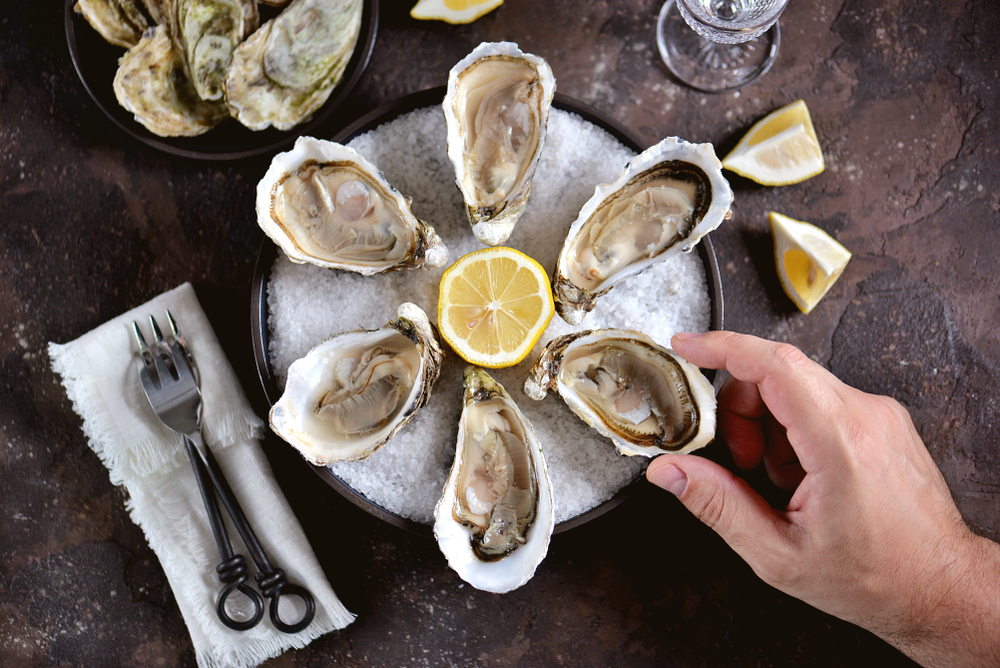
Oysters, or Ostreidae, are often highly calcified and strange in shape. Their external color is usually lighter, varying from white to gray to brown. Oysters also carry both male and female organs, and are capable of fertilizing their own eggs. Oysters can make beautiful pearls, with the potential to be worth thousands of dollars depending on the species.
Nutrition
There are 17 species of mussel that are edible, although the freshwater mussels are generally the least desirable. They are richer in protein, lower in calories and lower in carbs than oysters. They must be consumed only if they are alive upon harvest, and cooked long enough for the shells to open. Broken, cracked, or open shells should not be consumed. Enzymes quickly break down the meat in dead mussels, causing them to be unpalatable and poisonous.
Oysters however, can be eaten raw. It is not highly recommended, and you would need to be sure they were thoroughly washed before consumption, but it is possible. Oysters are an excellent source of zinc, iron, and high in Vitamin A and Vitamin B. They are also rumored to be an aphrodisiac, because of their rich amino acids.
Taste
Because of their ability to freeze well, mussels are generally fairly cheap and can be bought in bulk. If they are not frozen, they typically only have a shelf life of 1-2 days. They can be smoked, boiled, steamed, roasted, or fried in butter or vegetable oil. Depending on how they are cooked, mussels are generally salty, chewy and have somewhat of a sweet undertone to them. They have a fairly mild “fishy” flavor, and make a great addition to many dishes.

Oysters are generally considered the tastier of the two, but it may be because they are usually eaten fresh. While they do have a shelf life of up to 4 weeks refrigerated, the taste most certainly declines with time. Oysters are typically much more fleshy than their cousin the mussel, causing them to be more tender once cooked. People often describe them as buttery, jelly-like and sweet.
Conclusion
Unlike clams and scallops, oysters and mussels are rooted into their substrates. While mussels do have “feet” , they much prefer to stay in place. Despite the many differences, all of the above mollusks are capable of forming unique pearls, and are edible as a delicacy for seafood enthusiasts. Like most foods, all mollusks are best when eaten fresh. While purists like to eat raw oysters, they are still best when properly cleaned and cooked into some kind of dish. Food poisoning is no joke!


